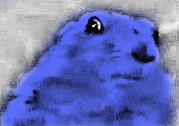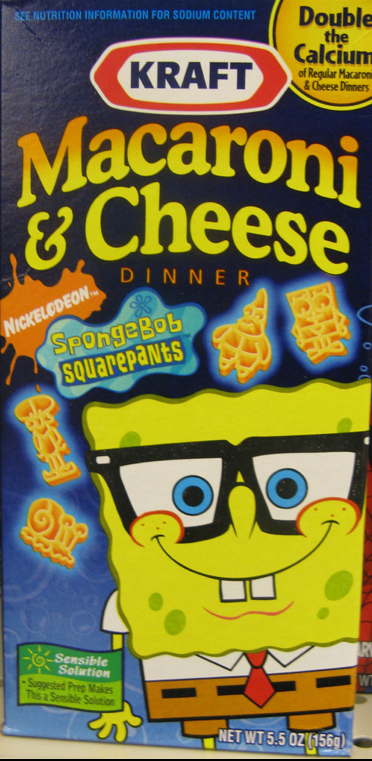Crack open a Butterfinger bar and you’ll find a core that uses food dyes like Red 40 and Yellow 5 to get that distinctive orange hue. While these and other artificial ingredients are certified by the FDA for use in food, a growing number of consumers are looking for products with more natural ingredients. That’s why Nestlé USA has pledged to remove artificial flavors and colors from all of its chocolate items by the end of the year. [More]
food coloring

Starbucks Stops Using Bug Extract In Products
Cochineal extract has the vague name one would come to expect from a food ingredient. And for years, it’s been used as a food coloring option for people looking to get a nice red hue in their edible items. But what some folks don’t know is the “cochineal” in cochineal extract is a tiny insect that is pulverized to make the red dye. [More]

Blue Food Coloring Used In M&Ms Has Actual Medical Use
Now, you know what they say about green M&Ms. That isn’t true. But have you heard what they say about blue M&Ms? That the dye they contain can help the body to repair damage from spinal cord injuries? That one’s true. Oh, and the dye also turns rodents blue.



